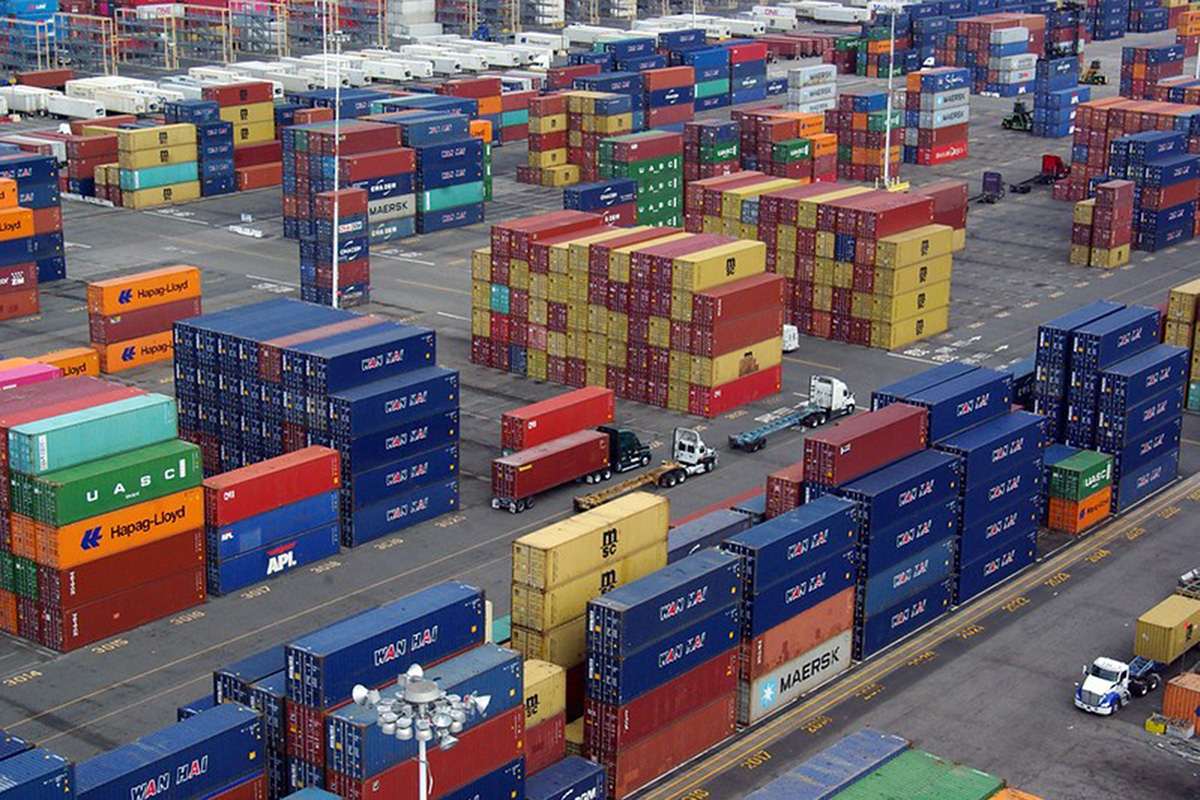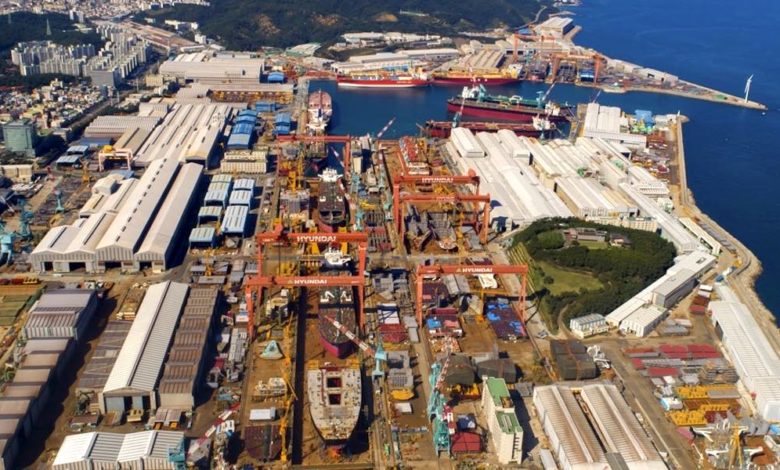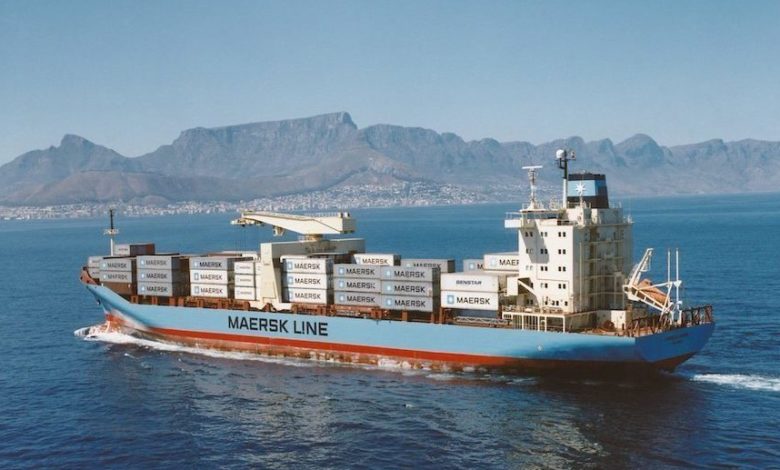Ajot: National Retail Federation: Imports declining following summer surge ahead of tariffs
Following a near-record peak this summer, import cargo volume at the nation’s major container ports is expected to steadily decline for the remainder of the year amid rising tariffs, according to the Global Port Tracker report released today by the National Retail Federation and Hackett Associates.
“We have seen the implementation of reciprocal tariffs across the globe, with a number of key trading partners being subjected to tariffs higher than the earlier 10% tariffs,” NRF Vice President for Supply Chain and Customs Policy Jonathan Gold said. “We also continue to see more and more sectoral tariffs impacting a wider scope of products. Retailers have stocked up as much as they can ahead of tariff increases, but the uncertainty of U.S. trade policy is making it impossible to make the long-term plans that are critical to future business success. These tariffs and disruptions to the supply chain are adding costs that will ultimately lead to higher prices for American consumers.”While “reciprocal” tariffs on a number of countries took effect in early August, a federal appeals court later ruled against President Donald Trump’s use of the International Emergency Economic Powers Act to impose the tariffs, but left them in place while the ruling is under appeal to the Supreme Court. Meanwhile, Trump delayed an increase in tariffs on China by 90 days to Nov. 10 so trade negotiations could continue. Trump also announced an additional 25% tariff on India that took effect near the end of August, bringing the additional tariff rate to 50%.
“Tariffs have had a significant impact on trade,” Hackett Associates Founder Ben Hackett said. “The trade outlook for the final months of the year is not optimistic.”
U.S. ports covered by Global Port Tracker handled 2.36 million Twenty-Foot Equivalent Units — one 20-foot container or its equivalent — in July, although numbers for New York/New Jersey, Port Everglades and Miami were estimated because they have not yet reported their data. That was up 20.1% from June as retailers brought in merchandise ahead of tariffs set to take effect in August, and up 1.8% year over year. It would be the second-busiest month on record, topped only by 2.4 million TEU in May 2022.
Ports have not yet reported numbers for August, but Global Port Tracker projected the month at 2.28 million TEU, down 1.7% year over year but higher than that 2.2 million TEU expected before the postponement of China tariffs and the new tariff on India.
September is forecast at 2.12 million TEU, down 6.8% year over year; October at 1.95 million TEU, down 13.2%, and November at 1.74 million TEU, down 19.7%. December is forecast at 1.7 million TEU, down 20.1% year over year for the slowest month since 1.62 million TEU in March 2023.
While the falling monthly totals are related to tariffs, the year-over-year percentage declines are both because of this year’s early peak season and because imports in late 2024 were elevated by concerns about port strikes.
The first half of 2025 totaled 12.53 million TEU, up 3.6% year over year. The full year is forecast at 24.7 million TEU, down 3.4% from 25.5 million TEU in 2024.
January 2026 is forecast at 1.8 million TEU, down 19.1% year over year.
Global Port Tracker, which is produced for NRF by Hackett Associates, provides historical data and forecasts for the U.S. ports of Los Angeles/Long Beach, Oakland, Seattle and Tacoma on the West Coast; New York/New Jersey, Port of Virginia, Charleston, Savannah, Port Everglades, Miami and Jacksonville on the East Coast, and Houston on the Gulf Coast. The report is free to NRF retail members, and subscription information is available at NRF.com/PortTracker or by calling (202) 783-7971. Subscription information for non-members can be found at www.globalporttracker.com.
As the leading authority and voice for the retail industry, NRF analyzes economic conditions affecting the industry through reports such as Global Port Tracker.
Related Posts





